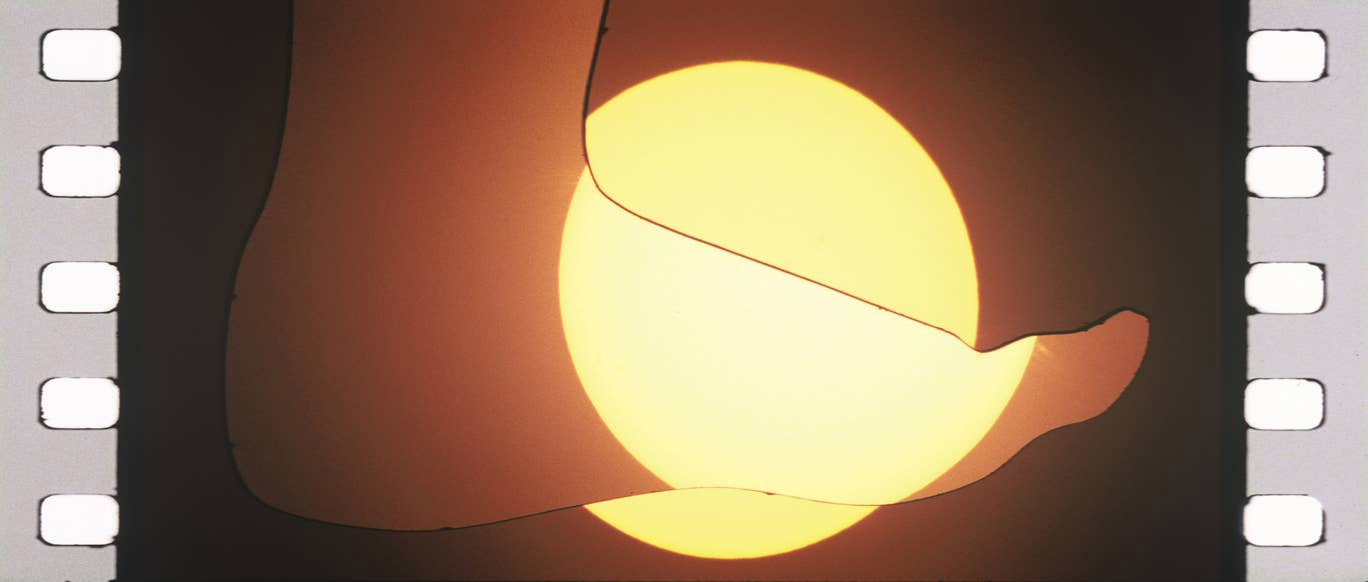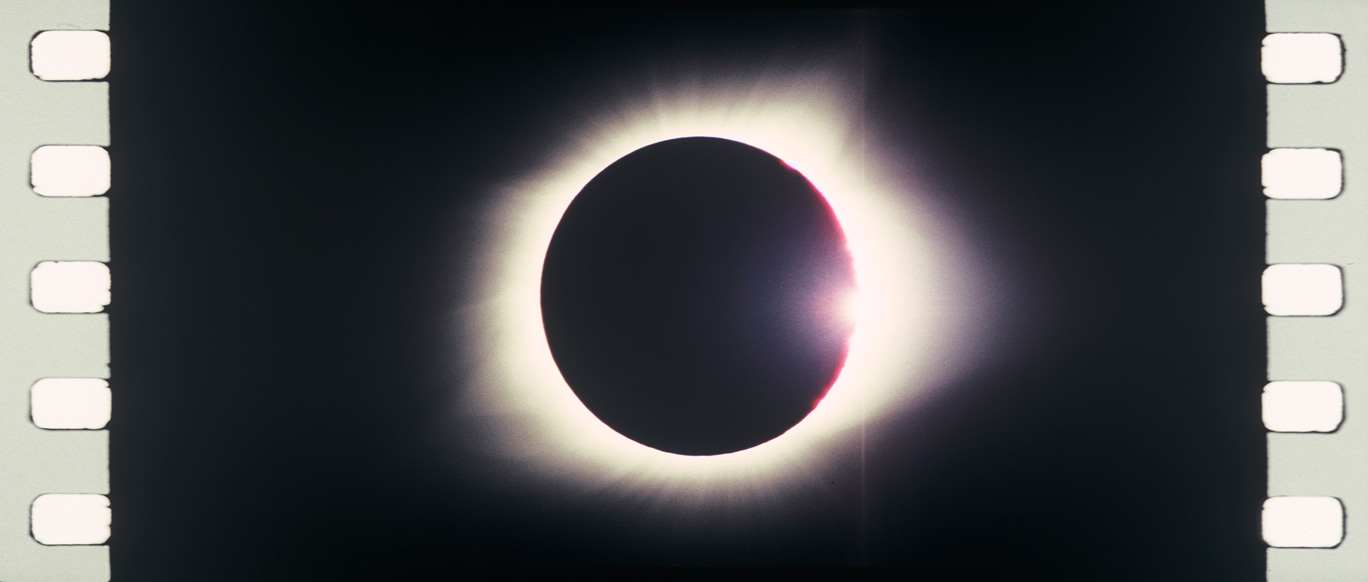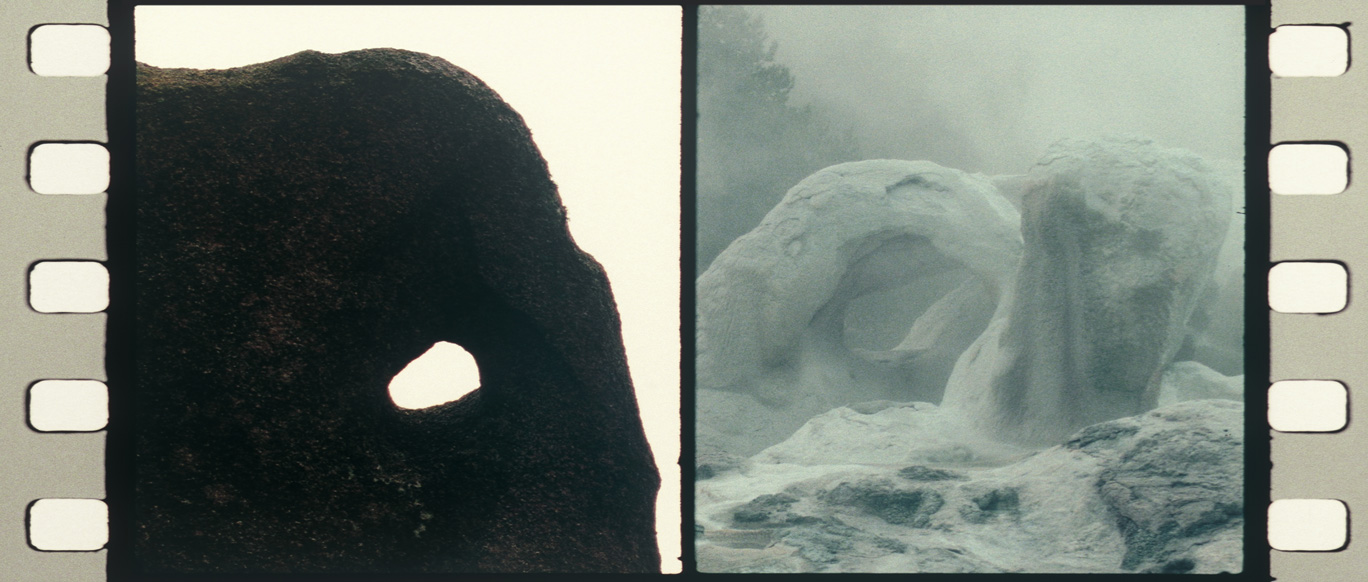ART CITIES:Copenhagen-Tacita Dean
 The films, drawings and other works by Tacita Dean are extremely original. Her recent film portraits express something that neither painting nor photography can capture. They are purely film. And while Dean can appreciate the past, her art avoids any kind of academic approach. Dean‘s art is carried by a sense of history, time and place, light quality and the essence of the film itself. The focus of her subtle but ambitious work is the truth of the moment, the film as a medium and the sensibilities of the individual.
The films, drawings and other works by Tacita Dean are extremely original. Her recent film portraits express something that neither painting nor photography can capture. They are purely film. And while Dean can appreciate the past, her art avoids any kind of academic approach. Dean‘s art is carried by a sense of history, time and place, light quality and the essence of the film itself. The focus of her subtle but ambitious work is the truth of the moment, the film as a medium and the sensibilities of the individual.
By Dimitris Lempesis
Photo: Ny Carlsberg Glyptotek Archive
Tacita Dean’s unique film works have made her a leading figure in the international art world. In a digitally dominated age, she insists on using photochemical film: shooting, editing and projecting with only analogue equipment that contains a very special beauty. With her solo exhibition “Antigone” Tacita Dean inaugurates a series of new exhibitions with contemporary artists at the Ny Carlsberg Glyptotek in Copenhagen. The focus of the exhibition is her ambitious 35mm double Cinemascope film work “Antigone” (2018) based on the name of the artist’s older sister, references the Greek tragedian Sophocles’s “Antigone” from 440 BCE. Celebrating natural phenomena such as light and the sky, Tacita Dean transports viewers from Bodmin Moor in England to Yellowstone Park and the rangelands of Wyoming where she filmed a rare solar eclipse on 21/8/2017. The entirety of “Antigone” was filmed without recourse to post-production and never allowing Dean to review her footage until the rolls were finally completed and processed many months later. Using her own aperture gate masking system that mimics the movement of the moon by partially obscuring each frame, Dean exposed the same frame of negative multiple times, combining different places and times within a single picture, similar to how images from one’s own memories and experiences can merge together with mythologies and present events to become one. Over the ages, numerous philosophers, writers and artists have interpreted the character of Antigone as a brave and principled woman. Known as the woman who dared to speak truth to power, themes in her eponymous play recur frequently in various guises, especially in times of discord and authoritarian rule. Dean’s “Antigone” is a personal, ambitious and stunningly beautiful work based on the gap between the other two plays in Sophocles’s trilogy, “Oedipus Rex” and “Oedipus at Colonus”. At the end of “Oedipus Rex” the blind and lame King Oedipus banishes himself from Thebes and is led by Antigone into the wilderness only to arrive much later at a grove outside Athens in “Oedipus at Colonus”. Dean invited Canadian poet Anne Carson to read her poem “TV Men: Antigone (Scripts 1 and 2)” repeatedly throughout the film, which she discovered was also inspired by the gap between the Sophoclean plays. She asked actor Stephen Dillane to ‘dress up’ as Oedipus. Blindness is a powerful theme throughout this work. Not only is Oedipus blind but so is Dean’s way of making the film. Using her own in-camera masking technique, which partially ‘blinds’ her camera by only exposing parts of the film frame at one time with differently designed masks, Dean was able to mix landscapes, people, times of day and even different countries within the same scene in the film. Thus the visual language of Antigone is reliant on chance and accident in a way that can be exhilarating to watch. The other principle blindness in the film is the blindness of nature itself in the form of a total solar eclipse, which becomes the time in the film.
Info: Ny Carlsberg Glyptotek, Dantes Plads 7, Copenhagen, Duration: 22/11/19-23/2/20, Days & Hours: Tue-Wed & Fri-Sun 11:00-18:00, Thu 11:00-21:00, www.glyptoteket.com


